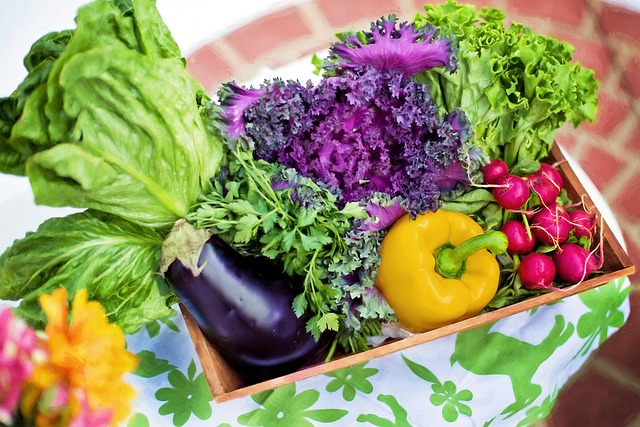1 – Introduction to Organic Gardening
What is Organic Gardening and its relevance?
Organic gardening is a method of growing plants without using synthetic fertilizers, pesticides, or genetically modified organisms. It is in alignment with nature’s way of cultivating plants. The relevance of organic gardening today is evident in the dangers of chemicals on the environment and human health. This practice ensures the nutrients in soil stay intact, conserves water, decreases pollution, and supports biodiversity.
Benefits of Starting an Organic Garden
Starting an organic garden has several benefits. First, it helps reduce the carbon footprint and supports an eco-friendly lifestyle. Second, it produces healthy food free from harmful chemicals. Third, it saves money on groceries and promotes self-sufficiency. Fourth, it provides an opportunity for physical and mental exercise. Finally, it creates a beautiful garden space that supports wildlife through a thriving ecosystem.
2 – Determine Your Space and Planting Needs
Choosing the Right Location for Your Garden
When starting an organic garden, it is important to choose the right location that has access to sunlight for a minimum of six hours a day. The garden should be located away from any structures that could block the sunlight. Additionally, it should be situated in an easily accessible area for regular maintenance and watering.
Conducting Soil Tests
Before planting, conduct a soil test to ensure that the soil has the correct balance of nutrients. Testing kits can be purchased online or at a nearby nursery. The soil should also have good drainage to prevent waterlogging. Based on the soil test results, organic fertilizers and soil amendments can be added as necessary. This will promote healthy plant growth and ensure the success of your organic garden.
3 – Planning and Designing Your Garden
Layout and Design Considerations
In the planning process, it is essential to consider the layout and design of the organic garden. A well-designed garden will ensure the efficient use of space and resources. Factors such as the size and shape of the garden, the location of paths and walkways, and the arrangement of plants should be taken into consideration.
Garden Size and Plant Selection
The size of the garden should be determined based on the planting needs of the gardener. Plant selection is also a crucial factor in planning an organic garden. The plants should be chosen based on their compatibility with the soil and the climate of the region. Companion planting is a technique that involves planting different crops together that have a mutual benefit, such as pest prevention and soil improvement. Choosing the right plants and their appropriate placement in the garden will ensure a successful organic garden.
4 – Planning and Designing Your Garden
Layout and Design Considerations
When planning an organic garden, one must carefully consider the layout and design to maximize space and resources. This includes the size and shape of the garden, the location of paths and walkways, and the arrangement of plants.
Garden Size and Plant Selection
Garden size should be based on the planting needs of the gardener, and plant selection is critical in planning an organic garden. The right plants should be chosen based on compatibility with the soil and climate of the region. Companion planting is also an effective technique for pest prevention and soil improvement.
5 – Choosing Your Plants and Seeds
Selecting Seeds and Plants with the Right Organic Features
In selecting seeds and plants, one should always consider their organic features such as being non-GMO, pesticide-free, and heirloom. This ensures that the garden will be healthy for both humans and the environment.
Deciding on Companion Planting Arrangements
Companion planting involves planting different crops together that have a mutual benefit. For instance, planting beans with corn provides the beans with the support they need while the beans add nitrogen to the soil which benefits the corn. Careful planning of companion planting will help improve the overall health of the garden.
6 – Preparing Your Soil and Planting
Preparing Your Soil for Planting
Preparing the soil for an organic garden is vital to ensure the plants grow in a healthy and nutrient-rich environment. Organic gardeners should start by testing the soil for acidity and nutrient levels. Based on the results, one can then add soil amendments such as compost, manure or organic fertilizers. These soil additives provide essential nutrients for the plants and improve the soil structure by providing good aeration and drainage.
Planting Techniques
When planting an organic garden, gardeners should always consider planting techniques that promote soil and plant health. One should plant at the correct depth to ensure the roots receive sufficient nutrients, water, and oxygen. Cover crops such as clover or buckwheat can be planted between crops to reduce soil erosion, suppress weed growth and improve overall soil quality. Another common technique is intercropping, where two or more crops are planted in the same garden bed to enhance soil health, control pests, and encourage beneficial insects.





